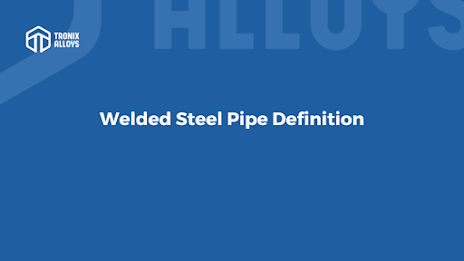Difference between 302 and 304 Stainless Steel
Stainless steels are one of the most common types of materials used in construction because they are austenitic and non-magnetic. As both of them contain chromium and nickel in their composition, they have properties that make them corrosion-resistant and have high strength properties. As you can see from the composition of the 302 material, it contains 0.15% carbon, 17% minimum chromium, and 8% minimum nickel. 304 steel is composed of 0.08% carbon, 19% minimum chromium, and 8% minimum nickel with a minimum carbon content of 0.08%. 304 material has a higher content of chromium than 302 material, which gives it a bit of an advantage over 302 material in terms of corrosion resistance.
The strength values of the 302 material, on the other hand, are higher than those of the 304 material. A 304 steel material can withstand a minimum tensile strength of 515 MPa, whereas a 302 steel material can withstand a minimum tensile strength of 585 MPa. In addition, the yield strength of 302 is 240MPa, whereas that of 304 is only 205MPa. The elongation at break for 302 is higher than that of 304 as well. In comparison with the 304 material, the 302 has a higher carbon content, which makes the material more durable in comparison to the 304. As compared to the 302, the 304 is much more ductile 302, because the 302 is more robust and stronger.
A stainless steel alloy 302 is also an austenitic stainless steel alloy, just like grade 304. Due to the fact that they share certain elements, it is what gives them the same austenite microstructure that gives them their similar appearance. As a result of the modification of the composition of the elements, they, however, fall into different grades purely as a result of their difference in composition. In grade 302, for instance, the maximum amount of carbon can be found at a maximum of 0.15%, whereas the maximum amount of carbon can be found at a maximum of 0.8% in stainless steel alloy 304. 304 austenitic steel is known for its lower carbon content than grade 300 austenitic steel, which also reduces the risk of carbide precipitation, which occurs when alloys have a higher carbon content than grade 300 austenitic steel. It is important to mention that one of the main benefits of using grade 302 stainless steel alloy is that it exhibits good resistance to solvents, and acids, as well as resisting a number of chemicals.
The price difference between 302 and 304
In terms of price, both the 304 and 302 materials are priced similarly, but there is a slight difference in the prices of the two materials. The 302 material, even when it has a lower cost, is difficult to machine and form due to its harder texture compared to the 304 material. Because of this, the 304 material is used in applications where the 302 material is used only if the 304 is not needed, and when heavy welding or machining is not required.
For more information visit
https://tronixalloys.com/difference-between-302-and-304-stainless-steel/
#stainlesssteel #difference #lowercost #302 #304 #machining #corrosion-resistant




Comments
Post a Comment